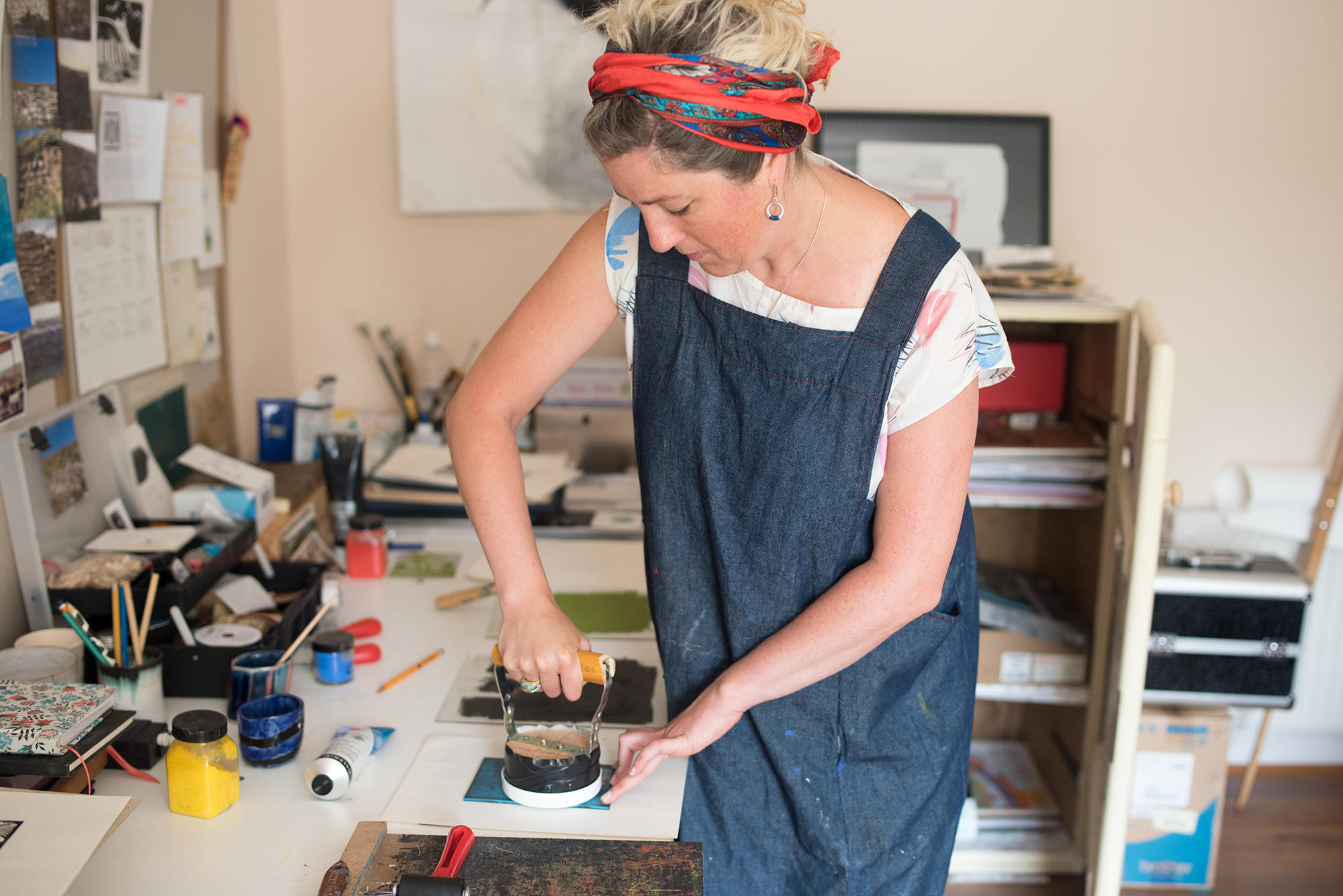Stories

Mary is a multidisciplinary artist based in Clonakilty, West Cork. The rugged sea vistas serve as a source of inspiration, particularly in her print work. Between September 2016 and May 2017, Mary...
Read moreTell us a little bit about what you make: I make a variety of tableware using both stoneware clay and more recently, local clay from the Dublin mountains. Each piece is hand thrown in my studio in...
Read moreTell us a little bit about your business Mungo Murphy's Seaweed Co. is a producer of all things seaweed. We produce very simple, natural seaweed bath, seaweed soap, and seaweed face mask products ...
Read moreAndrew Ludick - Handbuilt Ceramics
Tell us a little bit about what you make I make ceramic sculptures using a hand-building and coiling technique. I make them using a white or red earthenware clay and I decorate them with different...
Read moreEstablished in 2014, Hata is run by Donegal native Ronan Hanna, who grew up steeped in the local tweed tradition. Ronan brings a contemporary feel to his custom tweeds while continuing relationshi...
Read more